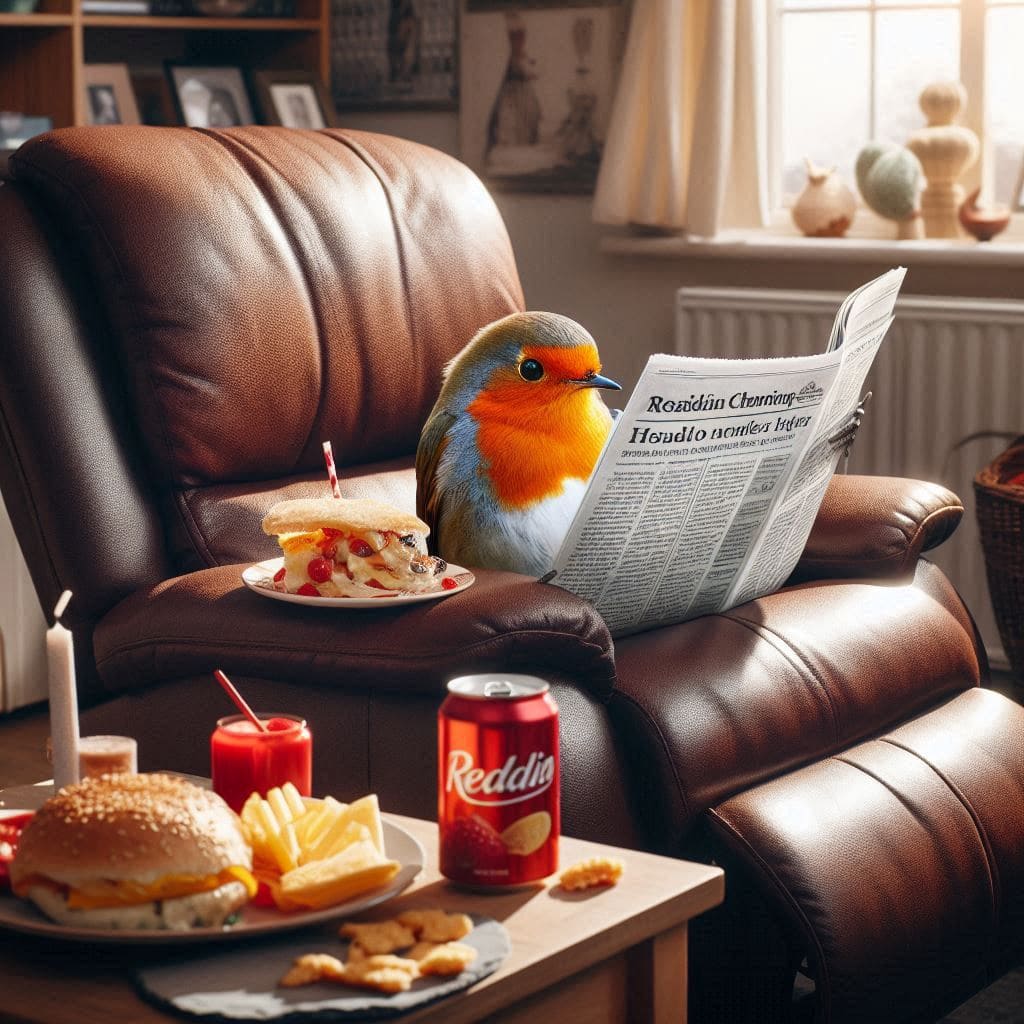Live
France24 English News Live StreamGlobal News
Global News Video PlaylistPBS
PBS News Video PlaylistNewsroom Features
Calendario 2026: Un Año de Celebraciones, Tradiciones y Momentos Inolvidables
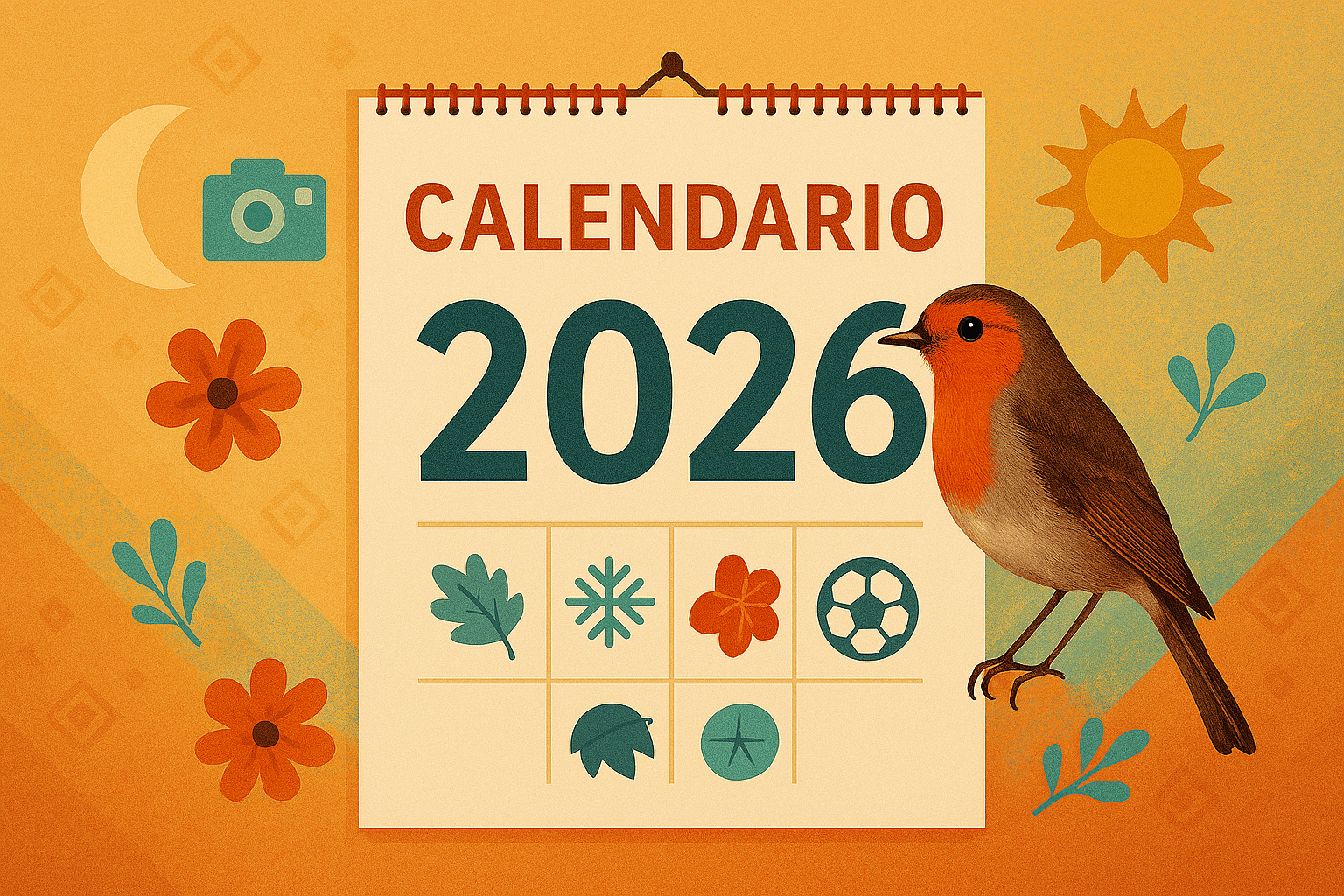
See Special Report: Calendario 2026: Un Año de Celebraciones, Tradiciones y Momentos Inolvidables
Published Tuesday January 06, 2026
Epiphany: The History, Traditions, and Future of “Little Christmas”

See Special Report: Epiphany: The History, Traditions, and Future of “Little Christmas”
Published Sunday January 04, 2026
CES 2026: Tech Trends, Design Inspiration, and How to Watch Live
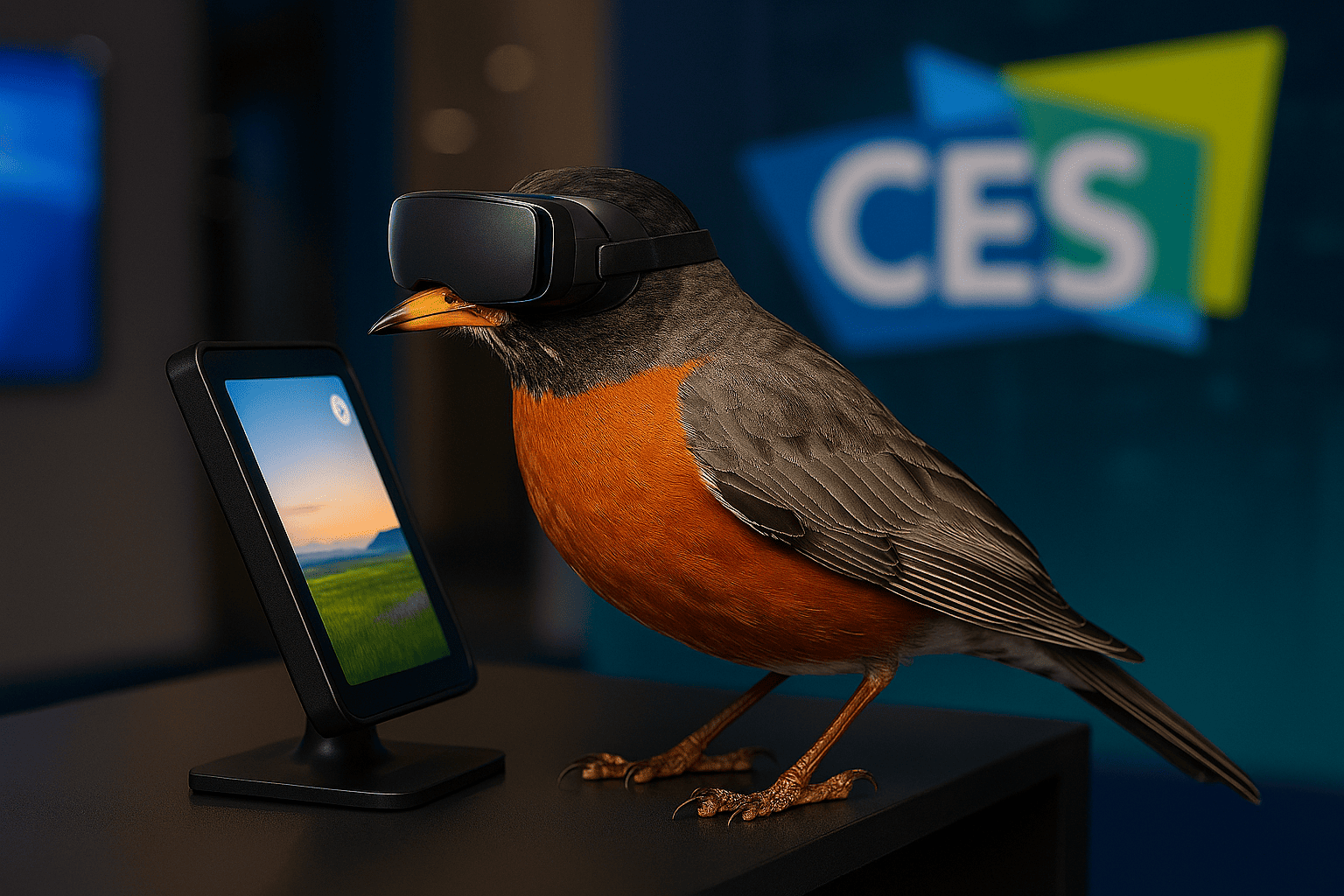
See Special Report: CES 2026: Tech Trends, Design Inspiration, and How to Watch Live
Published Sunday January 04, 2026
How the World Will Celebrate New Year’s Eve and New Year’s Day 2026

See Special Report: How the World Will Celebrate New Year’s Eve and New Year’s Day 2026
Published Tuesday December 30, 2025
Inside the New 2026 RobinsPost Wall Calendar: Year of Connection, Celebration, and Global Moments
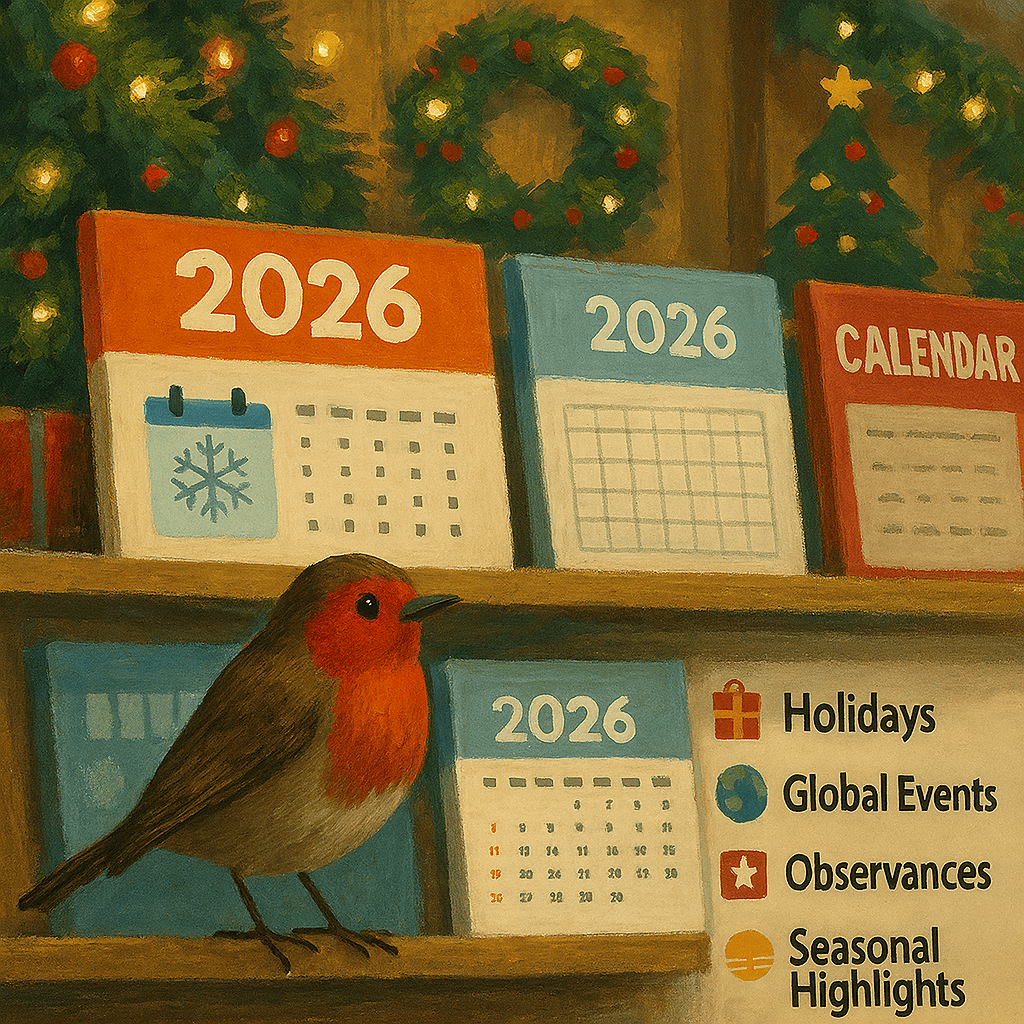
See Special Report: Inside the New 2026 RobinsPost Wall Calendar: Year of Connection, Celebration, and Global Moments
Published Saturday December 20, 2025
Why Every Pilot Needs a Post-License Training Plan

See Contributor Story: Why Every Pilot Needs a Post-License Training Plan
Published Tuesday January 06, 2026
Crown vs Filling: Which One Does Your Tooth Need?
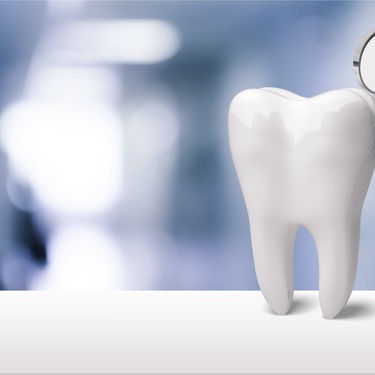
See Contributor Story: Crown vs Filling: Which One Does Your Tooth Need?
Published Monday January 05, 2026
5 Reasons Why You Should Invest in a Pool Cover
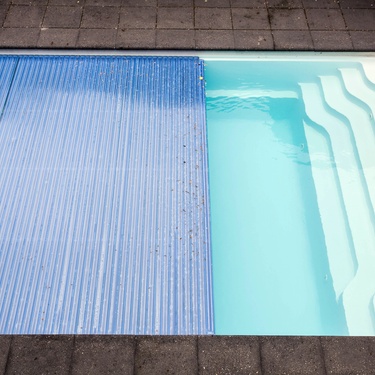
See Contributor Story: 5 Reasons Why You Should Invest in a Pool Cover
Published Sunday January 04, 2026
The Equipment That Makes Up the Mining Industry
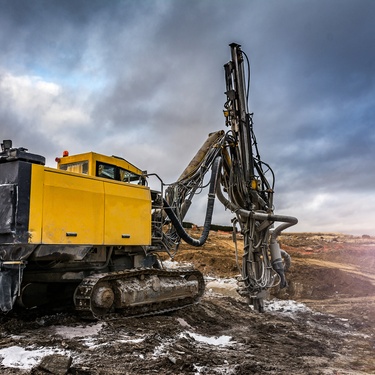
See Contributor Story: The Equipment That Makes Up the Mining Industry
Published Saturday January 03, 2026
4 Ways To Optimize Efficiency in Pneumatic Systems
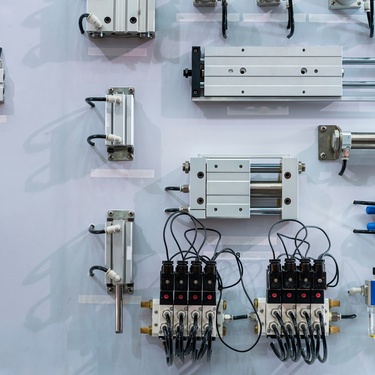
See Contributor Story: 4 Ways To Optimize Efficiency in Pneumatic Systems
Published Friday January 02, 2026
